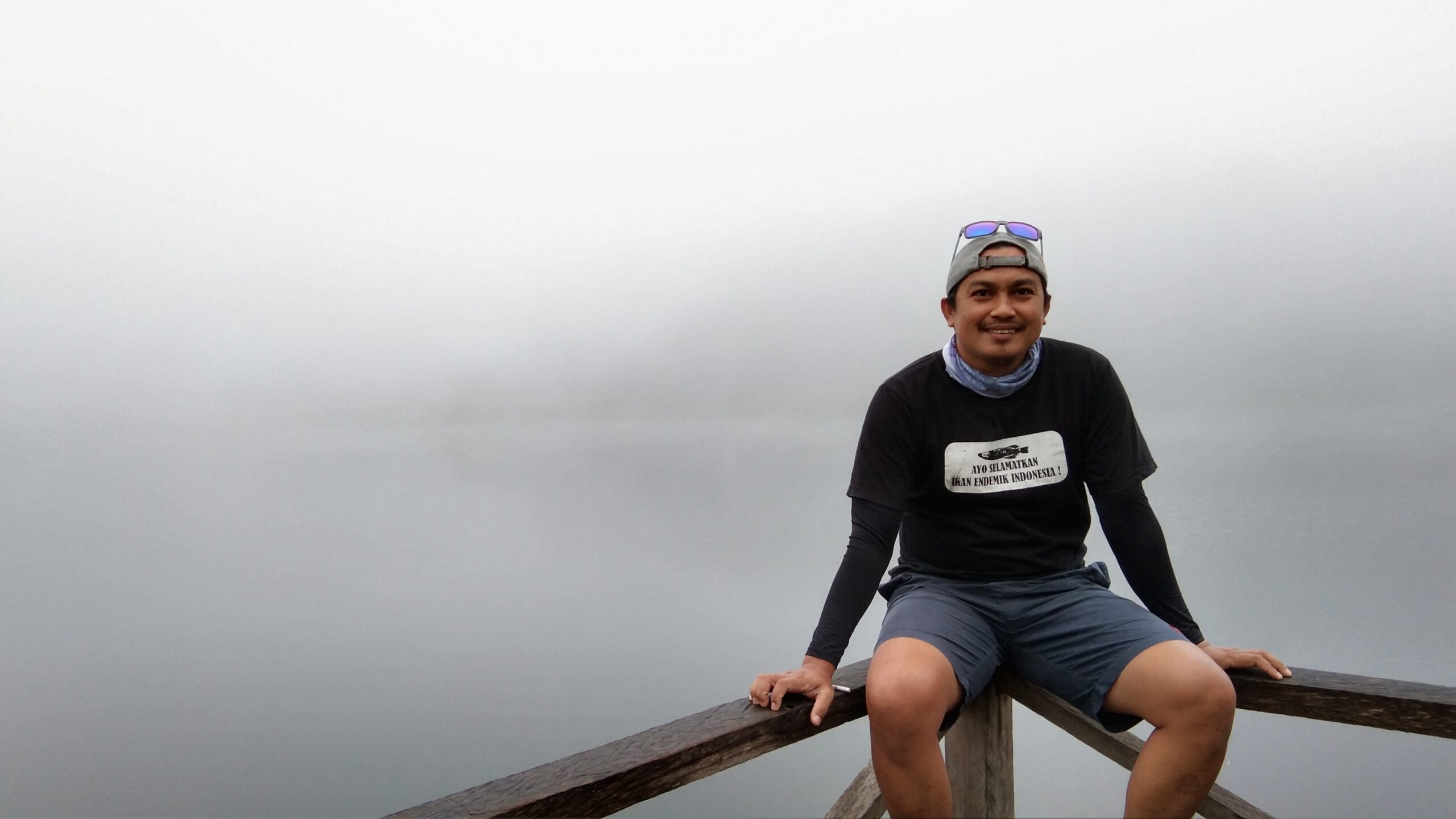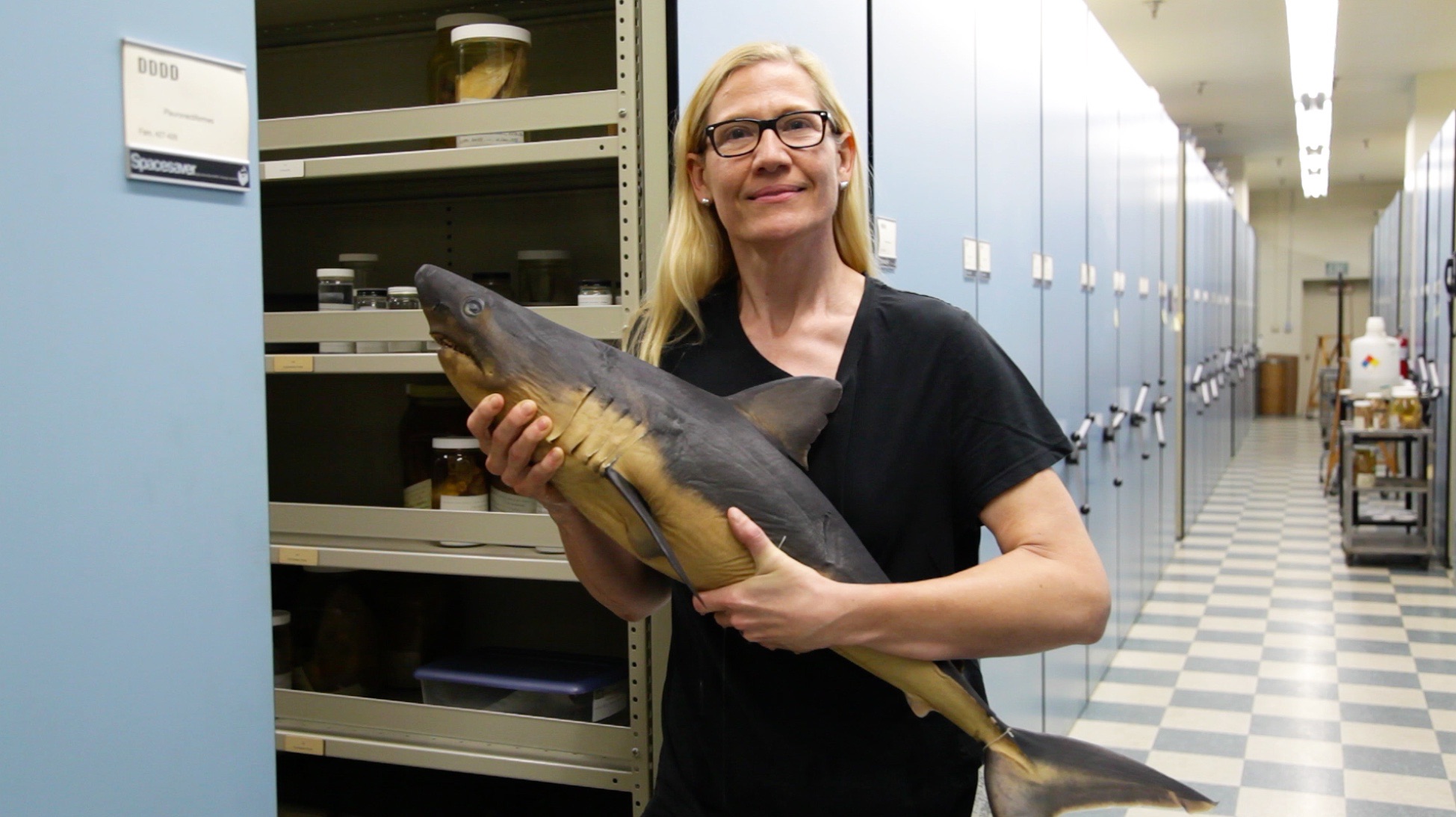Interview with Maurice Kottelat (New Species)

Maurice Kottelat has discovered and described hundreds of freshwater species: 471 species descriptions, to be precise, and an unknown number of discoveries, and has published exactly 400 papers and books in a remarkable career that spans five decades.
Although he has spent the majority of his career focusing on species in Southeast Asia, he literally wrote the handbook, alongside Dr. Jörg Freyhof, on European freshwater fishes and, with Dr. Tan Heok Hui, discovered the world’s smallest fish, Paedocypris progenetica.
What is it about discovering and describing species that particularly appeals to you?
MAURICE: In most cases the discovery is a by-product of surveys or other work for clients; but in these cases, I usually accept the job only if it allows travel to interesting places (i.e. where I have not been before, preferably where no other ichthyologist has been, and where I am allowed to take samples to examine and study). When it comes to non-commercial activities, I am interested in places I have not been and where I expect there will be novelties.
Discovering new species is not my primary aim; it is a nice by-product demonstrating that the selection of the area was correct, or that the money was well spent. My primary interest is faunistic and inventories, landscapes. But it is fair to say that the output is often calculated as a number of species, especially new species.
To be frank, describing is boring and repetitive. It was interesting at the beginning, to show what was being discovered. But now it is linked with administrative burden (submissions, reviews, revisions, etc. Now I prefer writing books or large papers or describing species in bulk). Obviously, there is a fair amount of ego!
Also, I write because I sort of feel an obligation to make information public, for others to use for conservation, to leave a record of what existed before the construction of dams and highways, before an influx of tourists etc. I think this is a kind of moral duty. It makes me angry to read colleagues writing about a pristine lake when their pictures show something totally different from what I saw when I visited the same lake years ago.
Can you talk through the process of going out into the field to search for fish?
MAURICE: If you mean how to find new species, it is all about the instinct to select places and habitats that have not been sampled before – rapids, waterfalls, deep swamps, anything weird that people would usually avoid – and look for small fish. In fact, you can look just about anywhere there is water, including puddles and saturated soils.
How many times have you been to the field recently?
MAURICE: In the past three years, thanks to COVID, not once. But I will hopefully go back to Laos in March. Before COVID it was about two to three times per year.

What was a particularly memorable species discovery?
MAURICE: A trip to Laos in 1999 yielded about two new species per day for a month and a paper describing 62 new species in one shot.
At that time, the published information on the fishes of Laos was more or less restricted to the Mekong. In 1999, an environment department at the World Bank (through Tony Whitten) had a programme to translate field guides from English, French, German etc into the local languages. I was asked if I could compile these reports into a single volume to be translated into Lao. I objected because there were too many blanks on the map (areas where I had not sampled were, at that time, areas where few or no ichthyologist had ever been). I negotiated to write the book only if there was funding to fill the main gaps.
I spent one month fishing in selected river basins and ‘creamed’ the easily accessed areas. Because of the publication deadline and the need to have valid names for the species, I had to rush a paper diagnosing as many of them as possible, which ended in a paper describing 62 new species and one new genus.
The book came out in 2001 and the Lao version was distributed for free to fisheries and conservation agencies, NGOs, high schools and other places.
Before I started work on fishes of Laos, about 210 species had been recorded in the country, all in the Mekong. The 2001 book includes 480. The next edition, to be published this or next year, includes 570 named species, with about another 50 unnamed species I’ll try to add.
What sorts of places are likely to have undiscovered species living in them?
MAURICE: Habitats: headwaters, rapids, wet soil, caves, swamp forests, deep water, in fact everywhere where there is water.
Areas: Southeast Asia, Myanmar, northeast India, central Borneo, southwest Asia. New species are still being discovered in southern Europe!
Are there any places you’d particularly like to target?
MAURICE: There are still places in Laos where I have not been. I still have an interest in Borneo but local conditions (especially red tape) make it a pain. I have been to Mongolia and, despite depauperate fauna, I would like to visit again. But with age, I prefer to focus on what I know best.

You’re potentially the only person in the world who has built a career flying round the world getting paid to discover and describe freshwater fish species. What was your route into that?
MAURICE: Not around the world, Asia and southern Europe are enough.
I worked in a research institution and became unhappy with several conditions and resigned.
I was quickly asked to do surveys, for conservation agencies and NGOs, then for EIAs of hydropower, mining, forestry projects. I was not paid to discover new fish species, but I took time to do real surveys and brought proof of what I reported, which leads to discoveries.
The scientific surveys were mostly without salary, though they did pay for field expenses.
When I was much younger, it was not my ambition to describe fish but to travel and see fish in their habitat.
What sorts of changes have you seen to freshwater habitats and species throughout your career?
MAURICE: Many areas that could only be reached after days in a boat or in a helicopter 20 years ago and now crossed by highways. Some habitats have been greatly reduced, e.g. peat swamps, or have disappeared.
Some species have become very rare and fish densities have become very low because of overfishing. Introduced species are more and more present. Even in protected areas, aquatic habitats are not given attention, and fish are seen as a resource or as food for waterbirds, not as species in themselves. A kilogram of introduced tilapia has more value than a kilogram of 20 small endemic species.
SHOAL released their annual report New Species 2022 on World Wildlife Day, Friday 3rd March 2023. The report details the 201 species of freshwater fish identified in 2022.





